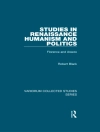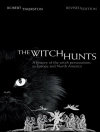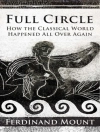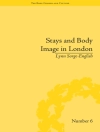‘Discretion is not the better part of biography, ‘ Strachey warns us, and it is with this motto that he paints his portraits of Cardinal Manning, Dr. Arnold, Florence Nightingale, and General Gordon. The caricatures – which represent the world of religion, philanthropy, education, and politics – expose the high Victorian myths, and reveal a slightly darker truth about the leading figures of the era.
Some say that he led the world into the next generation, but that claim is essentially over inflated. What can be said is that the line between fiction and non-fiction was blurred. A new genre was born: literary biography.
About the author
Giles Lytton Strachey was born in 1880 into a well-educated, upper-middle class, and highly-eccentric family. His days at Cambridge led to his becoming a dominant member of the elite Bloomsbury group, which included such passionate thinkers as Maynard Keynes, E.M. Forester, and Leonard and Virginia Woolf. It was in this clique that Strachey was able to voice and support behavior that had previously been condemned, such as homosexuality, feminism, and opposition to World War I. Besides
Eminent Victorians (1918), his biographical works include
Queen Victoria (1921),
Elizabeth and Essex (1928), and
Portraits in Miniature (1931).












